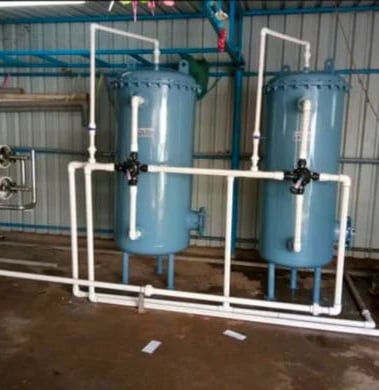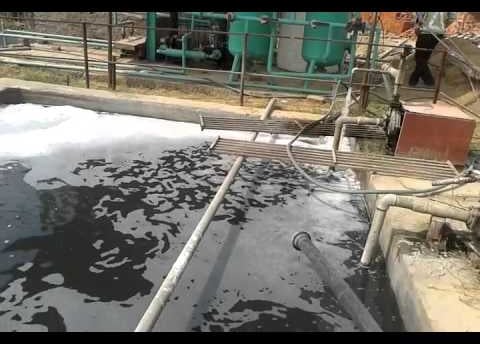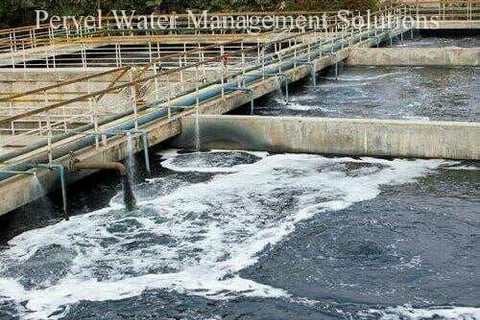ETP STP PLANT Services and amc
Wastewater from food processing facilities is often high in strength hence it requires pre-treatment before its discharge into the environment or for reuse. To put it simply, it is mandatory for all the food processing industries to set up ETP or Effluent Treatment Plant for effective wastewater management. wastewater also known as effluent, as a bi-product of their production process. The effluent/wastewater generated varies so greatly in both flow and pollution strength and consists of several contaminants/pollutants, which can be removed with the help of an effluent treatment plant (ETP). Food industry requires greater amount of water for processing food product. Wastewater discharged from food and beverage industries vary with strength and characteristics. Effluent from food industry consists of high concentrations of suspended solids, total solids, BOD (Biological Oxygen Demand), COD (Chemical Oxygen Demand), dissolved oxygen, oil and grease, fats, sugar, color, preservatives, and usually nutrients such as nitrogen, ammonia and phosphate etc.
ETP – Proven and most effective solution for effluent/wastewater treatment in food industry:
ETP for food industry is developed and integrated with an advanced technology without which water-borne pathogens can spread out and results in diseases and degradation of receiving water bodies. ETP greatly reduces the negative impacts of the effluents to aquatic ecosystems and to humans hence effluent treatment plant has proven to be an effective solution for effluent treatment applications.
Effluent treatment plant or ETP for food industries/food processing industries is the best way to overcome from water pollution. It’s main objective is to produce a product that can be safely discharged into a watercourse or sewer in compliance with the recommended limits for discharge.






mportance of ETP for Food and Beverage Industry:
1. Efficient and practical
2. Convenient to use
3. More effective compliance with the law
4. Uplift industry image
5. Self sustaining system
3. Different treatment methods and levels of effluent treatment plant (ETP):
Here, are the 3 wastewater treatment methods used in ETP for food industry to reduce the potential impact on the environment.
1. Physical Treatment Methods
2. Chemical Treatment Methods and
3. Biological Treatment Methods
Generally, ETPs undergoes four (4) treatment levels such as preliminary treatment level, primary treatment level, secondary treatment level and tertiary treatment level. All these treatment processes/levels have the potential to treat the effluent from food industry and bring down its parameters to the permissible ones
Pretreatment or preliminary treatment level:
Being a first treatment level, it removes coarse solids and other large materials that are found in effluent to avoid damage to subsequent treatment units. Preliminary treatment operations typically include coarse screening, grit removal and, in some cases, breaking of large objects into the smaller objects. Partially treated wastewater is now subjected to next treatment level called primary treatment level.
2. Primary treatment level:
It’s objective is removal of large solids from the wastewater via physical settling or filtration. It involves separation of floating material and heavy solids from liquid waste. The primary clarifiers can effectively remove 50-60% of the suspended solids. Oil and grease, organic nitrogen, organic phosphorus, and heavy metals associated with solids are also removed during primary sedimentation.
Morowala, Brahmanwala, Dehradun, Uttarakhand 248002
Chakkar Ki Milak, Moradabad, Uttar Pradesh 244001
Gomti Nagar, Bhaisora, Lucknow, Uttar Pradesh 226010 all india UP
Operator
Procedure
amritadvance@gmail.com
8791967306
© 2024. All rights reserved.


